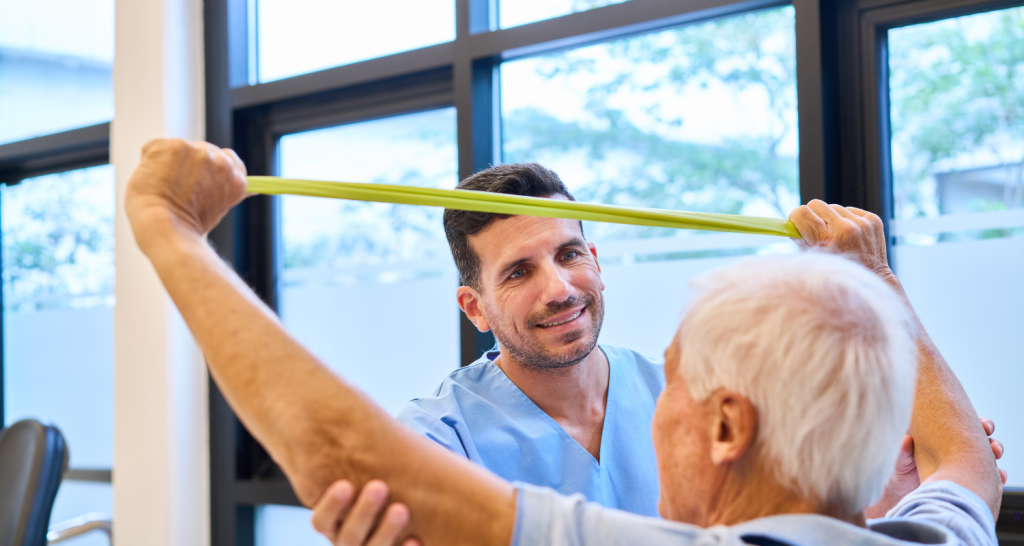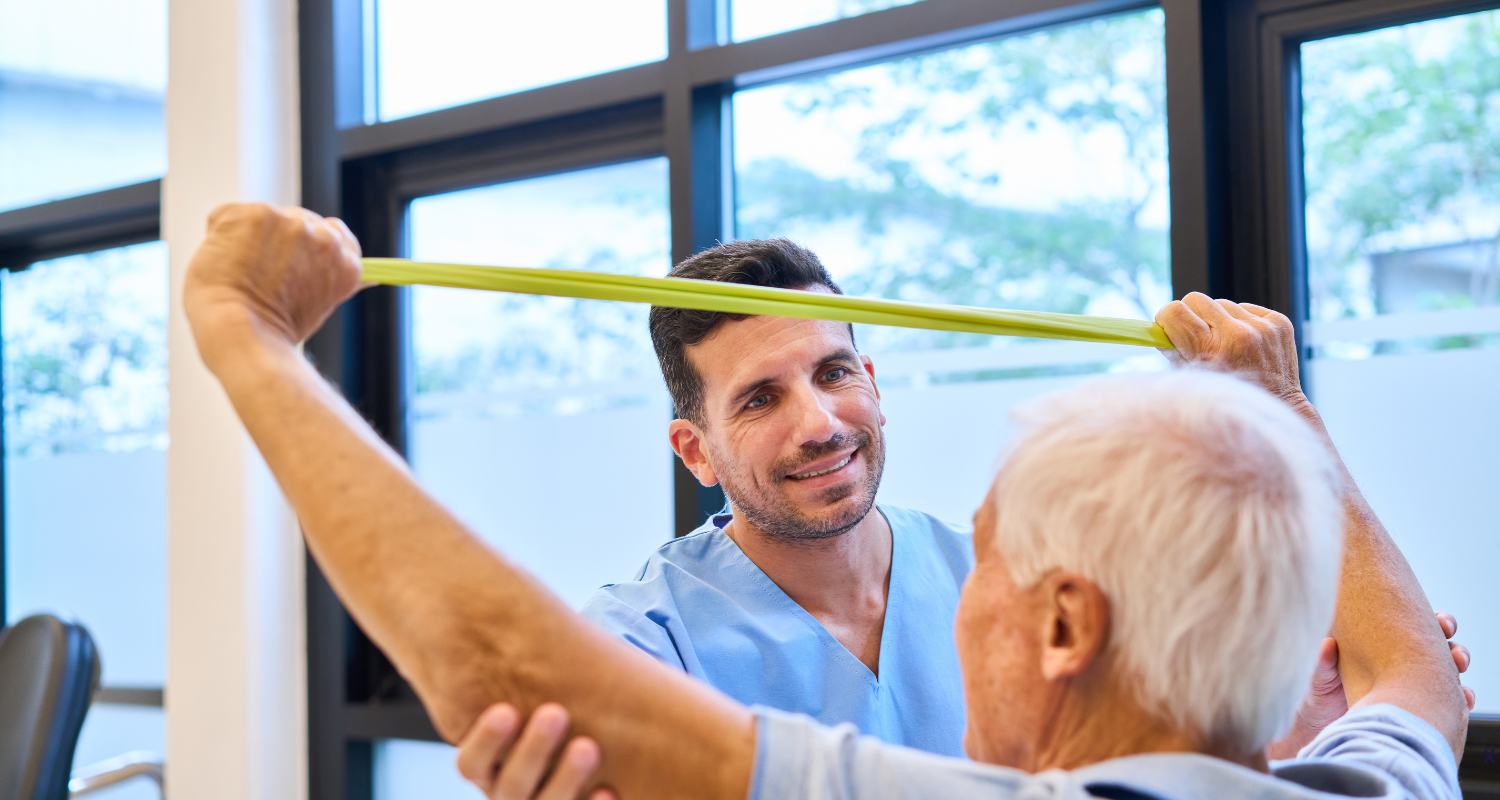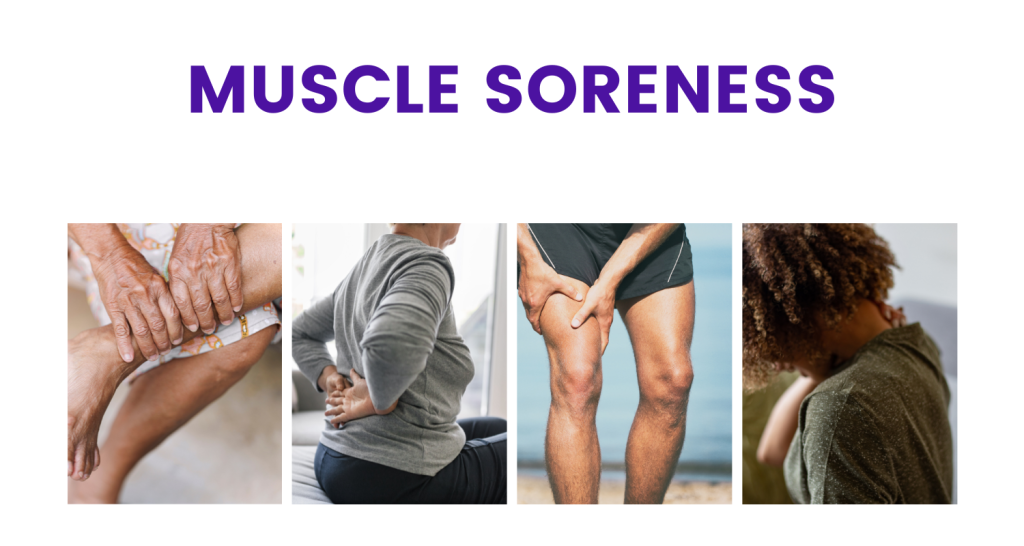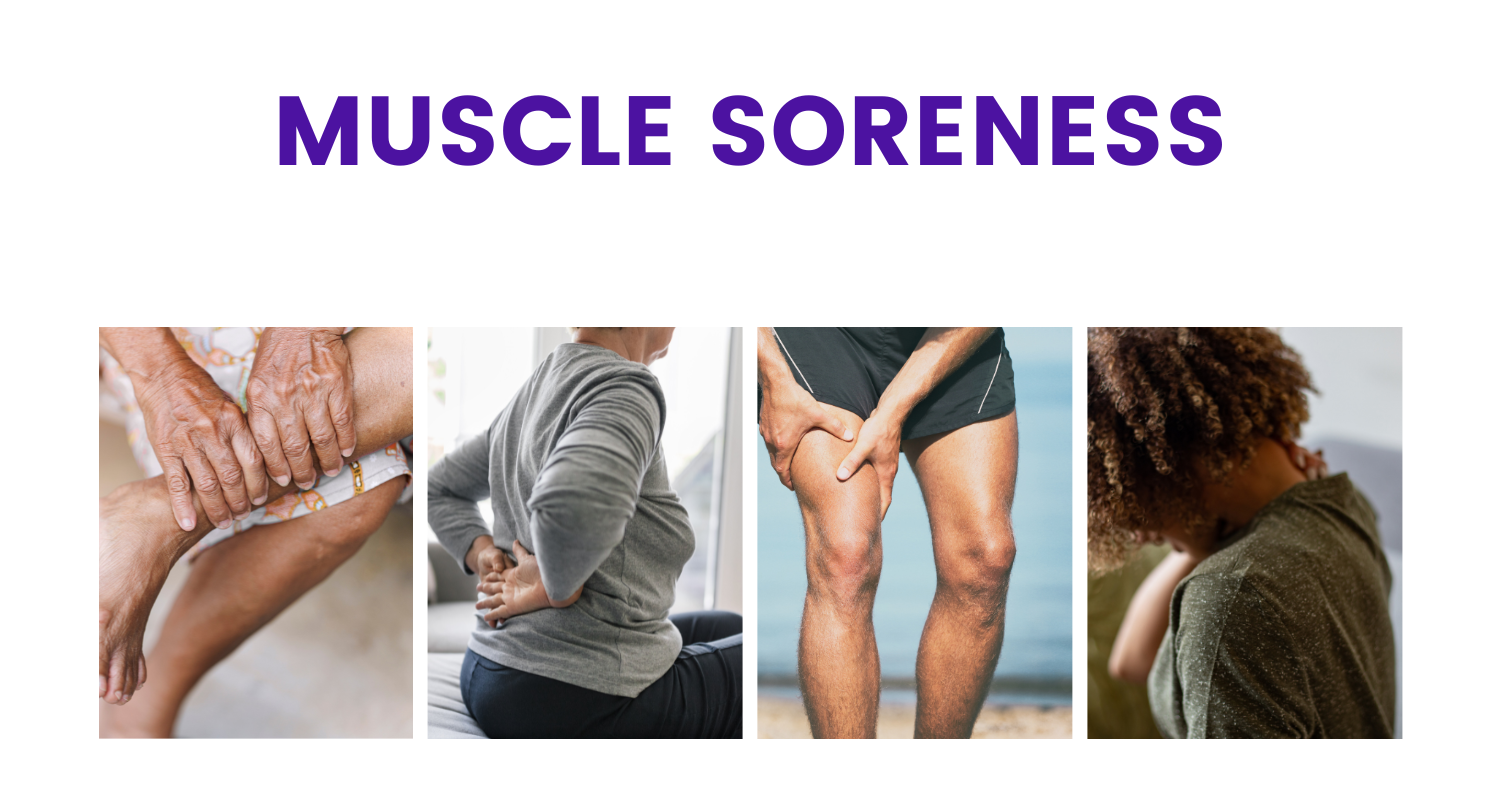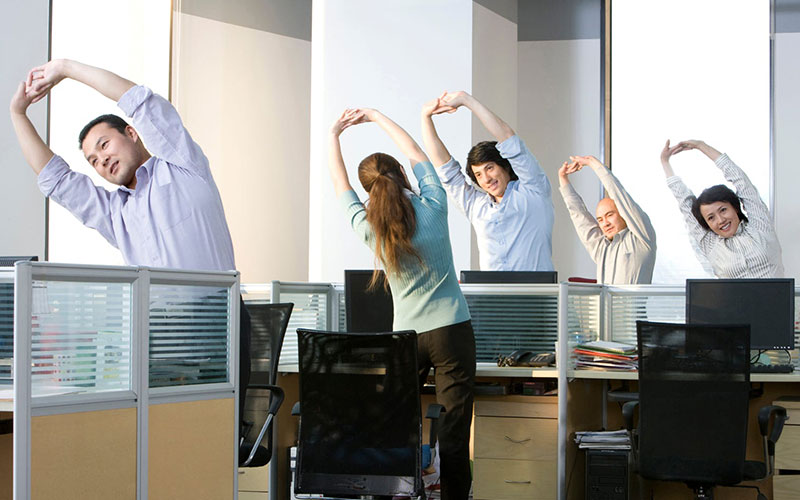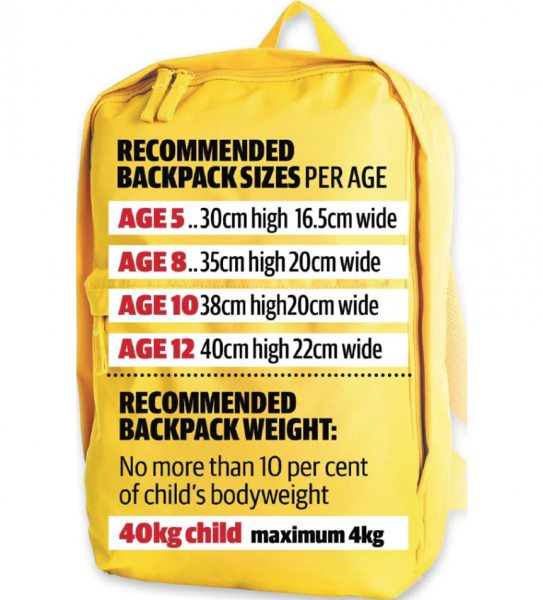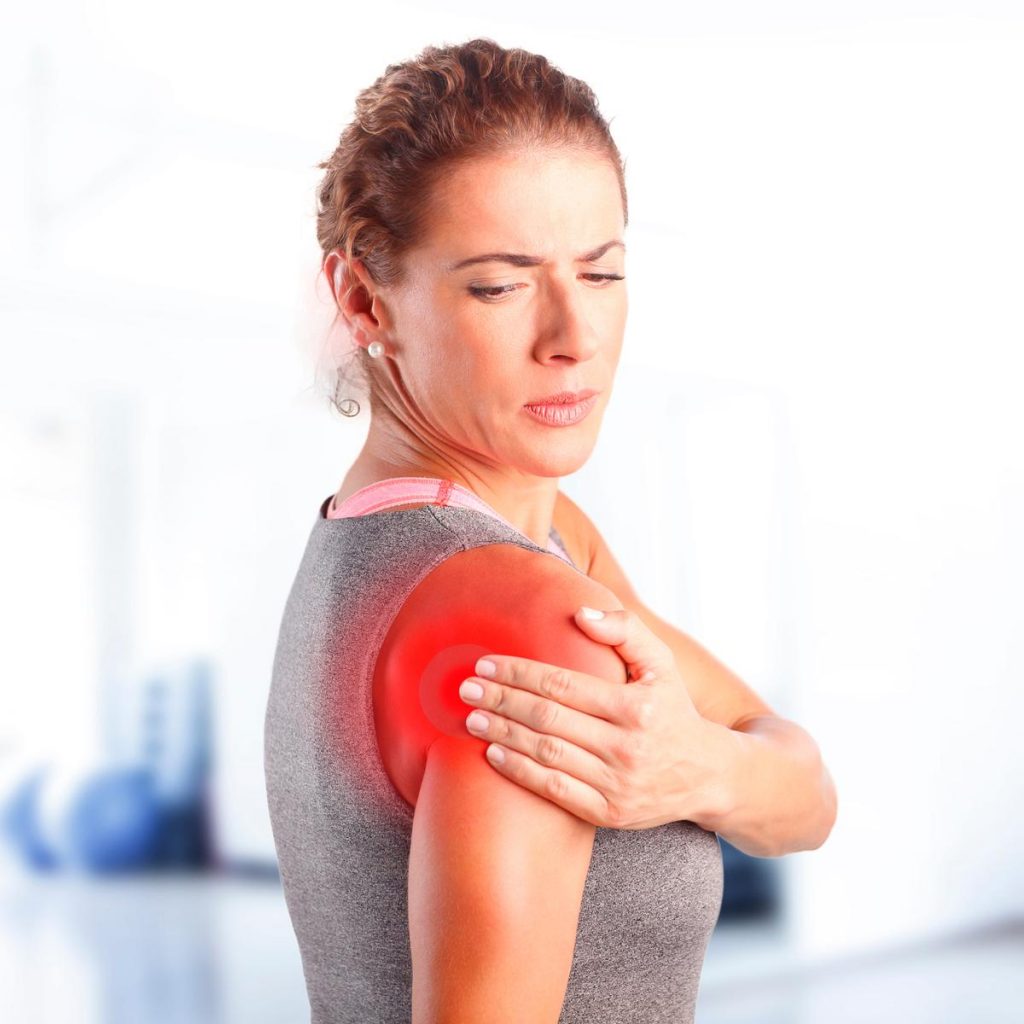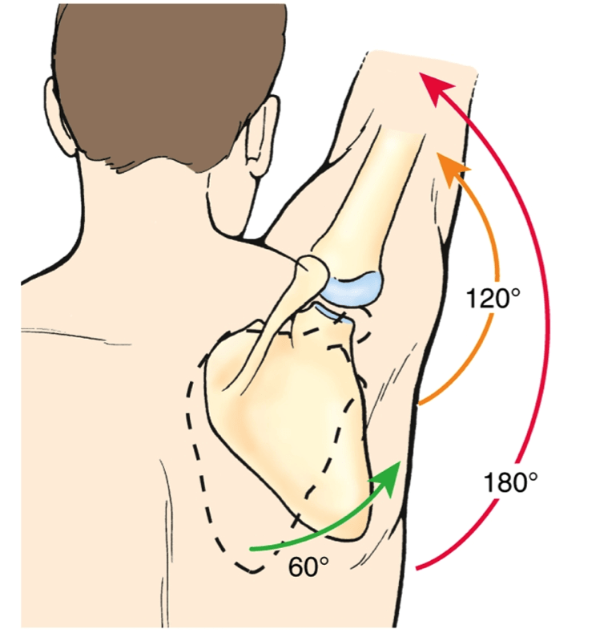Understanding muscle soreness: causes and remedies
Have you ever felt that familiar muscle ache after a workout? That’s muscle soreness, a common experience for those who stay active. But what causes this discomfort, and how can you manage it?
Muscle soreness, felt as pain or stiffness, occurs post-exercise due to tiny injuries in the muscle fibers, known as micro-trauma. Typically, it appears a day after exertion, making muscles sensitive to touch and painful during movement, sometimes reducing strength for up to a week.
Symptoms of Muscle Soreness
• Dull ache
• Stiffness
• Tenderness
• Reduced range of motion
• Pain with stretching
• Temporary loss of strength
Why Does Muscle Soreness Happen?
1. Eccentric Movements: Stretching a muscle in the opposite direction of its tension can lead to soreness.
2. Infrequent Exercise: If you’re not regularly active, even light exercises can cause soreness due to poor muscle coordination.
Muscle soreness differs from the immediate pain of a tear, as it usually develops hours after activity or the next day. This delay is because pain receptors are in connective tissues, not muscle fibers. For activation, certain substances must be released, causing the soreness experienced.
Common Causes of Sore Muscles
• Introducing eccentric loads
• Restarting exercise after a long break
• Increasing workout intensity rapidly
• Trying unfamiliar movements
• Overusing muscles
• Exercising while unwell
Managing Muscle Soreness
• Use sore muscles gently in daily activities
• Avoid heavy lifting and intense workouts temporarily
• Engage in gentle stretching
• Try light exercises for sore muscles
• Apply heat for pain relief
Prioritising movement is key to staying active and feeling your best. While muscle soreness is a natural part of exercise, persistent or sharp pain shouldn’t be ignored. If discomfort is holding you back Massage Therapy can help and talk to our allied health clinicians who are here to help.
We’ll work with you to manage and prevent pain, so you can move with confidence and keep enjoying your fitness journey. Keep moving, keep thriving

